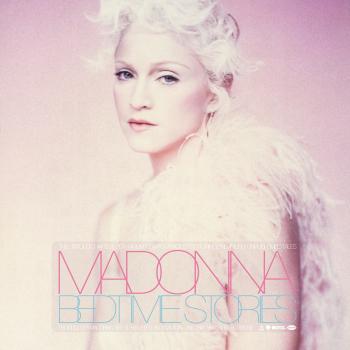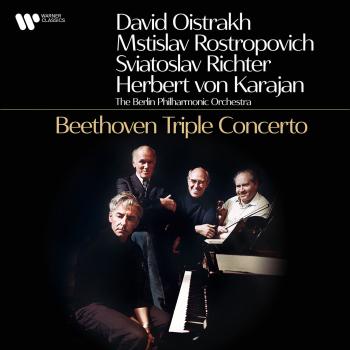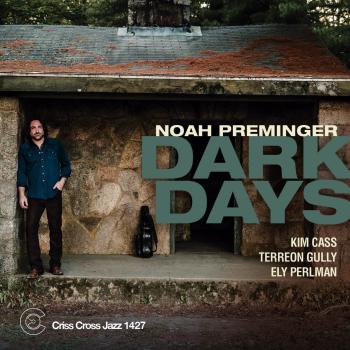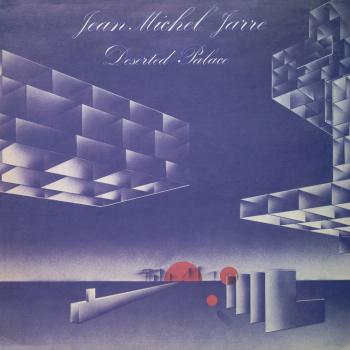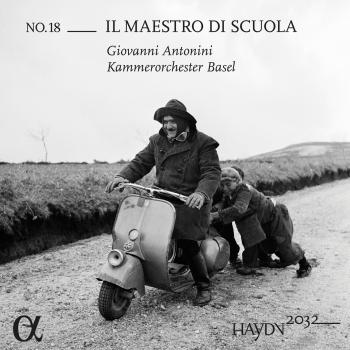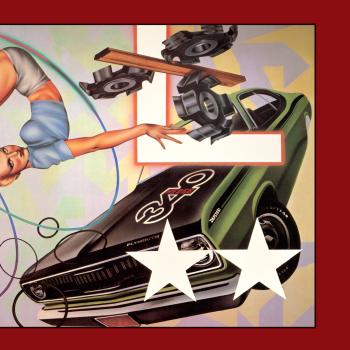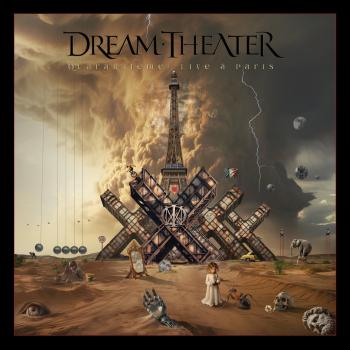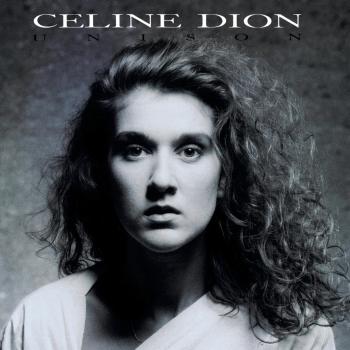
C.P.E. Bach: Keyboard Music Giovanni Togni
Album info
Album-Release:
2016
HRA-Release:
12.10.2016
Label: Dynamic
Genre: Classical
Subgenre: Instrumental
Artist: Giovanni Togni
Composer: Carl Philipp Emanuel Bach (1714-1788)
Album including Album cover
- Carl Philipp Emanuel Bach (1714-1788): Rondo in C Minor, Wq. 59/4, H. 283:
- 1 Rondo in C Minor, Wq. 59/4, H. 283 04:51
- Keyboard Sonata in C Major, Wq. 55/1, H. 244:
- 2 I. Prestissimo 02:41
- 3 II. Andante 02:28
- 4 III. Allegretto 02:37
- 5 I. Allegro assai 06:50
- 6 II. Poco adagio 04:57
- 7 III. Allegro 07:28
- 8 IV. Rondo (Allegro grazioso) 05:10
- Rondo in D Minor, Wq. 61/4, H. 290:
- 9 Rondo in D Minor, Wq. 61/4, H. 290 03:49
- Keyboard Sonata in F Major, Wq. 56/4, H. 269:
- 10 I. Andantino 02:36
- 11 II. Presto 02:03
- 12 I. Allegro assai 04:47
- 13 II. Andante 04:42
- 14 III. Andantino grazioso 05:29
- Fantasia in C Major, Wq. 61/6, H. 29:
- 15 Fantasia in C Major, Wq. 61/6, H. 291 06:03
Info for C.P.E. Bach: Keyboard Music
The pieces on this recording are performed on a rather unusual instrument, but one which enjoyed some popularity during the second half of the 18th century: the tangent piano (Tangentenflügel). Its strings are struck by wooden slips without any soft coverings. In place of the rotating motion of a conventional piano’s hammers, the tangent piano has strikers that move perpendicularly to the strings, like harpsichord jacks.
Franz Jakob Spath (1714-1786) and Christoph Friedrich Schmahl (1739-1814) were the most famous makers of the Tangentenflügel. The instrument featured on this recording belongs to a Swiss private collector and has survived virtually intact. The tangent piano was able to satisfy the taste of performers still fond of the crystal-clear sounds of the harpsichord, while at the same time offering the expressive nuances of the fortepiano and the tone-colour variations of different registers, which became fashionable in Europe from the 1770s onward.
The six books of Sonatas, Fantasias and Rondos, which bear the subtitle 'Für Kenner und Liebhaber' (for masters and amateurs), were published between 1779 and 1787. These innovative pieces stand among Carl Philipp Emanuel Bach's greatest accomplishments. Though sometimes quite demanding for the listener, the music always has an immediate, expressive and emotional impact, which makes the six books of Für Kenner und Liebhaber by the “Hamburg Bach” one of the most refined collections of keyboard pieces ever composed.
"The pieces recorded here have been played on a peculiar instrument, which was quite widespread in the second half of the 18th century: the tangent piano (Tangentenflügel). It is a piano whose strings are struck by wooden slips without any soft coverings. In place of the rotating motion of the common piano’s hammers, the Tangent piano has strikers that move perpendicularly to the strings like a harpsichord jacks. ...
Franz Jakob Spath (1714-1786) and Christoph Friedrich Schmahl (1739-1814) were the most famous makers of Tangentenflügel. The instrument belongs to a Swiss private collector and has come down to us virtually intact in all its parts. The tangent piano was able to satisfy the taste of performers still fond of the crystal-clear sounds of the harpsichord while at the same time offering the expressive nuances of the fortepiano and the tone-colour variations given by registers, which became fashionable in Europe from the 1770s.
The six books of Sonatas, Fantasias and Rondos, which bear the subtitle Für Kenner und Liebhaber (for masters and amateurs), were published between 1779 and 1787. The music of these pieces, which represents one of the summits of Carl Philipp Emanuel Bach’s innovative art, though sometimes quite demanding for the listener, always has an immediate expressive and emotional impact, which makes the six books of Für Kenner und Liebhaber by the “Hamburger Bach” one of the most refined collections of keyboard pieces ever composed."
Giovanni Togni, tangent piano
Giovanni Togni
got first class degrees in harpsichord, piano and choir direction. At the same time he studied composition and organ and he was introduced to the knowledge of early pianos by his teacher Laura Alvini.
Winner of music competitions in Italy (Bologna 1993) and abroad (ECBO selections, Paris 1991), he has performed as a continuo player (at both harpsichord and organ) with many ensembles, such as Ensemble Concerto, Il Complesso Barocco, Accademia Bizantina, Ensemble Aurora, the European Community Baroque Orchestra (ECBO), the RAI Orchestra in Rome, the Orchestra Mozart conducted by Claudio Abbado.
Furthermore, he had collaborations with lyric institutions like the Teatro Massimo in Palermo and the Opéra de Monte-Carlo and he performed in prestigious Italian and European early music and chamber music festivals, as a soloist at the harpsichord and fortepiano and in ensembles.
He recorded for labels such as Glossa, Brilliant, Amadeus, Deutsche Harmonia Mundi, EMI-Virgin, Deutsche Grammophone (Archiv Produktion), for the Radiotelevisione Italiana and other European broadcasters.
As lecturer, speaker and jury member, he cooperated with several institutions like the Giorgio Cini Foundation in Venice and the early music courses in Urbino.
He taught harpsichord and historical keyboards at Cagliari and Como Conservatories.
He is currently a professor for the same disciplines at Milan Conservatory.
This album contains no booklet.

